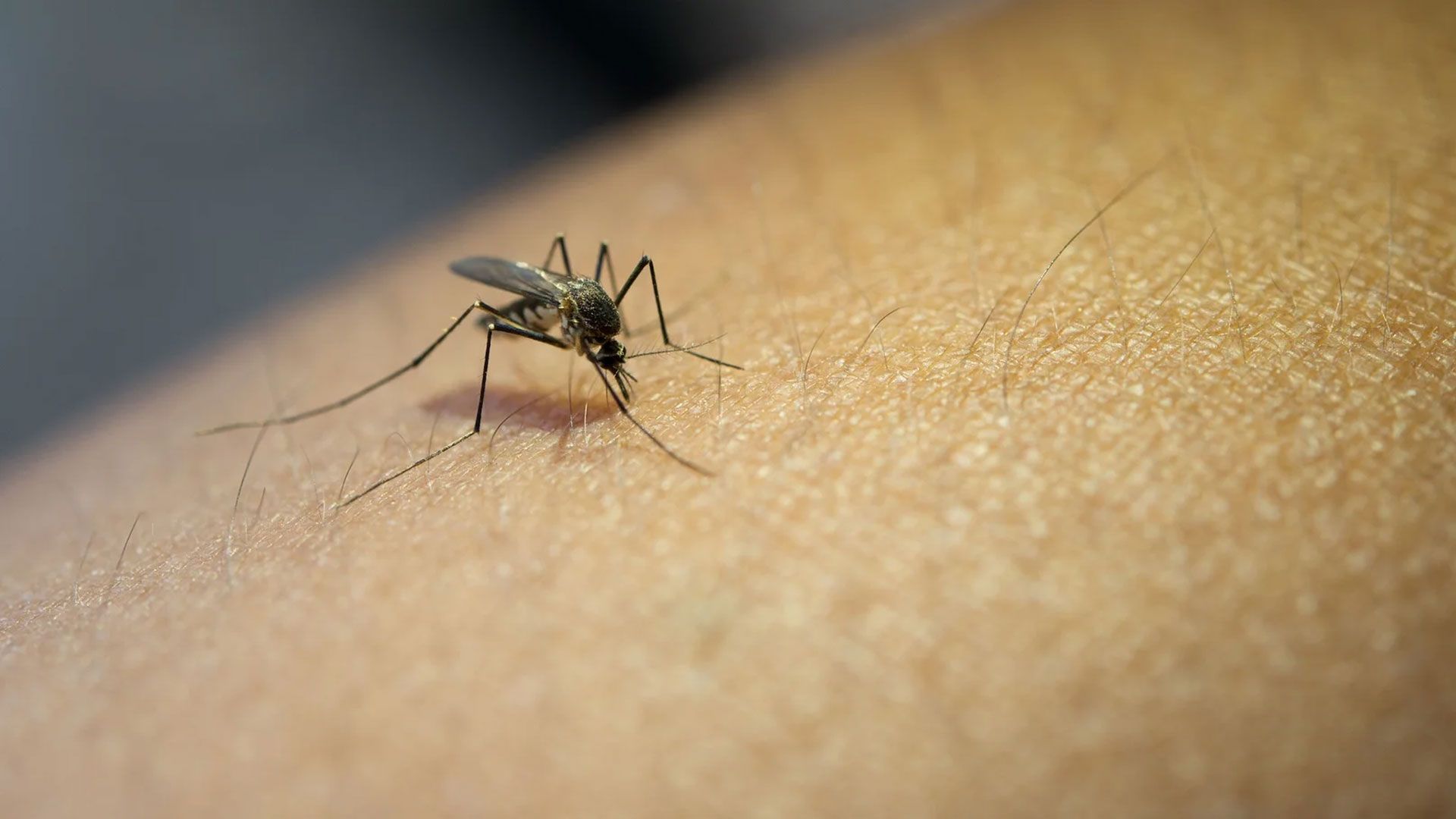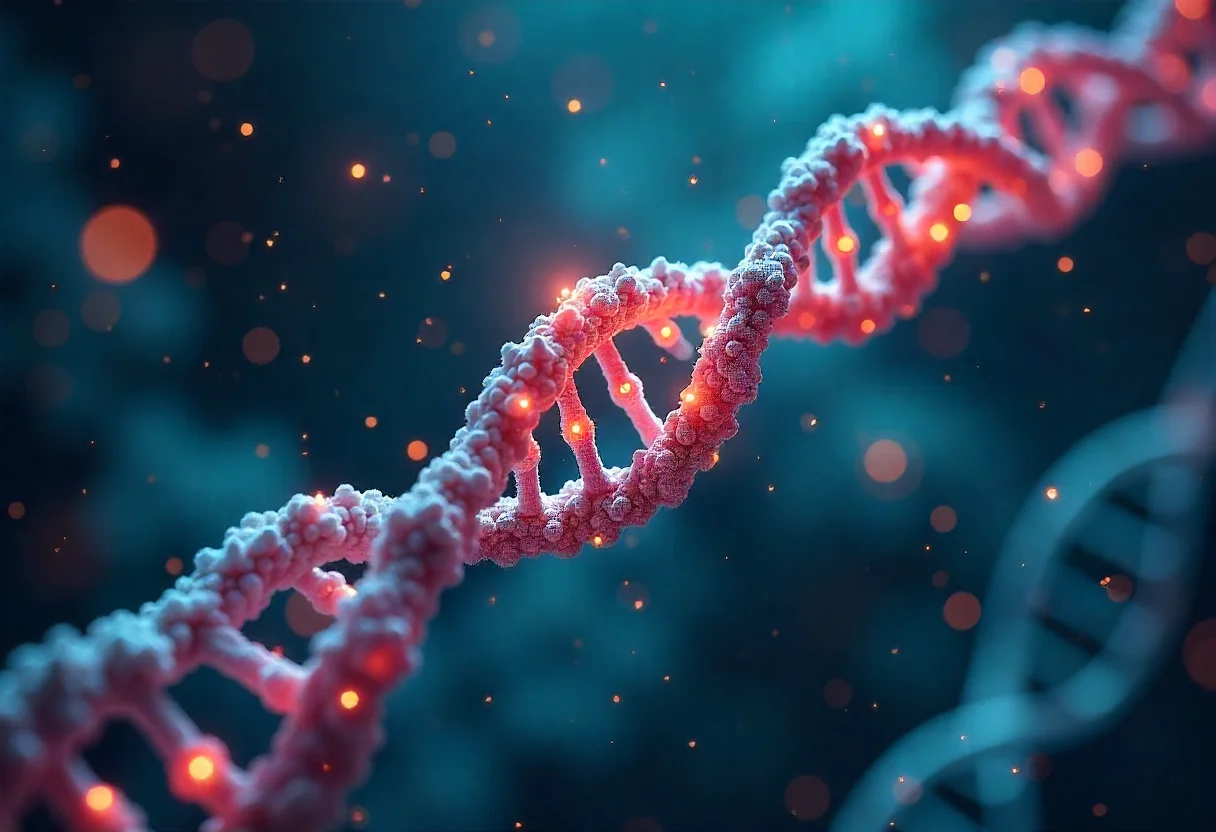
Vertical Farming: This involves agricultural production in enclosed spaces using artificial lighting and hydroponic/aeroponic systems. Developing vertical farming technologies to support agricultural production even in areas unsuitable for farming and to promote urban agriculture is essential for the future of our country. Vertical farming systems also enable the sustainable production of nutrient-rich "microgreens," which can enrich the future nutritionally. For instance, producing microgreens with enhanced antioxidant and health-beneficial components using biostimulants (like chitosan) or cold plasma technologies is a significant step forward.
Biotechnological Fermentation: Ensuring the sustainable production of health-beneficial components through microbial or algal fermentation technologies (e.g., microbial protein production).
Advanced Packaging Systems: Extending the shelf life of food through active and intelligent packaging (e.g., antimicrobial coatings, oxygen-absorbing packaging). Additionally, producing biodegradable packaging materials locally and replacing petroleum-based packaging with plant- or microbial-based materials (like bacterial cellulose) are noteworthy examples.
High-Pressure Processing (HPP), Supercritical Pasteurization, Cold Plasma Technologies: Extending the shelf life of food using advanced technologies like these and developing them locally.
Cold Plasma Technology: This spans a wide range of applications, from enhancing seed productivity to enriching the content of microgreens. It also enables the pasteurization of food at low temperatures, preserving nutritional value while extending shelf life.
Nanotechnology in Food Bio-Components: Producing innovative food bioactives using nanobiotechnological methods (e.g., micro- or nano-encapsulation technologies) to ensure high bioavailability at low usage rates and prevent the loss of valuable components during food production processes.
Pesticide Removal Using Innovative Natural Methods like Electrolyzed Water: Electrolyzed water, obtained by separating water into its components through electrochemical processes, is a powerful oxidizing agent. This method is particularly significant for removing pesticide residues and ensuring food safety.
Plant-Based Proteins: Examples include proteins derived from legumes, oilseeds, algae, and fungi as alternatives to animal proteins. Developing technologies for obtaining these proteins innovatively at a national level is essential.
National Plant-Based Protein Sources: Producing plant-based proteins from sunflower seed residues, pumpkin seeds, legumes, and green leaves like tea waste or sugar beet leaves is vital for the country's future.
Bioactive Peptides from Plant-Based Proteins: Developing technologies to obtain plant-based bioactive peptides with health-protective properties (e.g., anti-diabetic, anti-hypertensive, anti-obesity, cardiovascular health-promoting, and mental health-enhancing) opens a significant health window for the future.
Precision Fermentation Technologies: These technologies enable the production of cultured meat, milk proteins like casein from yeast, and all major components of human breast milk from microbial sources for infant nutrition. They also ensure the sustainable production of health-beneficial food components through precision fermentation methods (e.g., fungal beta-carotene production, algal lycopene production).
Technologies for Industrial-Scale Bioactive Component Extraction from Microalgae: Developing technologies for the conventional-scale production of algal Omega-3s and purifying Omega-3 from algal sources.
Biotechnological Valorization of Food Waste: Extracting high-value components (proteins, polyphenols, fibers, etc.) from agricultural waste. Applying innovative extraction technologies like sequential extraction within the framework of a circular economy is crucial.
Digitally Intelligent, Locally Strong Supply Chain Management: Optimizing logistics processes between food producers, retailers, and consumers to reduce waste and ensure sustainable local production.
Blockchain-Based Food Tracking Systems: Developing systems that ensure transparency in the food supply chain, preventing waste and fraud. Tracking all locally sourced food until it reaches the end consumer using blockchain technologies.
Digital Intelligence and Big Data Analytics: Developing decision support systems through data analysis across a wide range of areas, from agricultural production to understanding consumer preferences.
Blockchain for Food Traceability: Ensuring safety by tracking every stage of food production.
IoT (Internet of Things)-Enabled Agriculture: Real-time monitoring of soil, air, humidity, and plant health using sensor systems. Ensuring these sensors and software are developed locally.

















